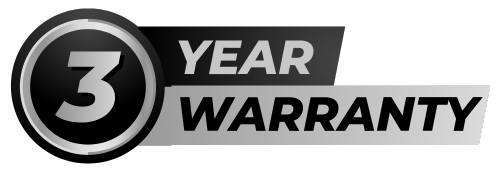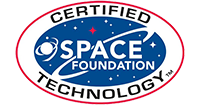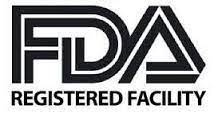Infrared Therapy
At ORA Red Light Therapy, we’re dedicated to helping our clients achieve optimal health and wellness through the power of infra-red therapy. Our state-of-the-art facility offers a range of infra-red therapy services, designed to promote pain relief, improve circulation, and boost overall well-being.
Our highly trained team of professionals works with you to create a personalized infra-red therapy treatment plan, tailored to your specific health needs and goals. Whether you’re dealing with chronic pain, recovering from an injury, or simply looking to improve your overall wellness, our infra-red therapy services can help.
Our advanced technology uses targeted wavelengths of infra-red light to penetrate deep into the body, promoting cellular rejuvenation and enhancing the body’s natural healing processes. This natural and non-invasive approach to pain relief and wellness has been shown to improve circulation, reduce inflammation, and alleviate pain and discomfort.
At ORA Red Light Therapy, we believe that optimal health and wellness is within reach for all individuals. That’s why we’re committed to providing affordable and accessible infra-red therapy services to the community. Our facility is conveniently located and offers flexible scheduling options to accommodate your busy lifestyle.
Experience the transformative power of infra-red therapy for your health and wellness at ORA Red Light Therapy. Contact us today to schedule your appointment and take the first step towards a healthier, more vibrant life.
What Is Red Light Therapy?
Red light therapy may go by one of several names, including photobiomodulation (PBM) or photobiomodulation therapy, low-power laser therapy (LPLT), low-level laser light therapy (LLLT), photonic stimulation, cold laser therapy, or soft laser therapy.
Like other forms of photodynamic therapy, red light therapy is based upon the principle that when the body absorbs certain wavelengths of light—in this case, the red spectrum—it causes favorable physiological responses.
The red spectrum, or the near-infrared region, has been found to be particularly effective at penetrating the skin and being absorbed by the tissues.
With red light therapy, low-power red light is applied to the skin. As these wavelengths of light are absorbed, they activate the mitochondria in your cells, which are the organelles that produce energy (ATP) for the cell.
As we age, or when we stress the body via exercise, illness, poor diet, inadequate sleep, or other various lifestyle favors, the ability of the mitochondria to produce ATP declines.
Therefore, red light therapy can be used to trigger a restoration of the energy-generating capacity of the cell.
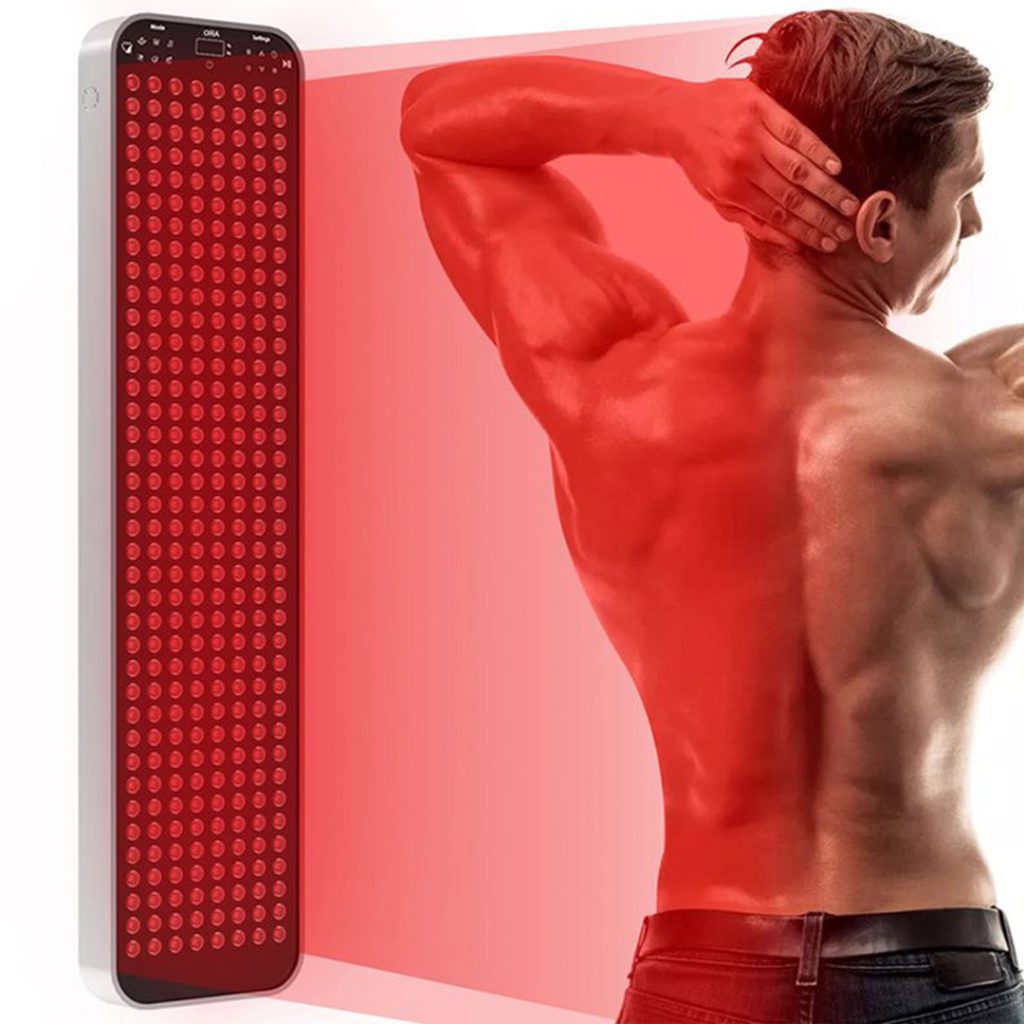
Red Light Therapy
Red light therapy (RLT) is an emerging treatment that’s showing promise in treating wrinkles, redness, acne, scars and other signs of aging. Red light therapy (RLT) is a treatment that uses low wavelength red light to reportedly improve wellness, health, skin, sports and much more!
Many researchers say more clinical trials are needed to confirm its effectiveness as a treatment.
How did interest in red light therapy evolve?
NASA originally began experimenting with red light therapy on plant growth in space and then to help heal wounds in astronauts. Like many developments, other potential uses began to be investigated. Read Article
NASA Research Illuminates Medical Uses of Light
Experimentation helped demystify, legitimize, and simplify medical uses for long-known but little-understood light therapy
Today it’s thought that red and infrared wavelengths are absorbed by cytochrome C oxidase, a key enzyme in cellular metabolism, and probably by other light-sensitive chemicals, triggering a cascade of effects within the cell.
Through experimentation, the researchers showed that high-intensity red and near-infrared LEDs significantly accelerated the healing of oxygen-deprived wounds in rats and also sped the growth and proliferation of skin, bone, and muscle cell cultures from mice and rats. The team supplied LED devices to U.S. Navy crews for treatment of training injuries. These produced more than a 40 percent greater improvement in musculoskeletal injuries and a 50 percent faster healing time for lacerations, compared to control groups.
Nowadays red light therapy is already widely medically accepted in its use in photodynamic therapy. In this therapy, low-power red laser light is used to activate a photosensitizer drug. The interaction creates a chemical reaction that destroys cells. It’s used to treat some skin conditions, including skin cancer and psoriasis, acne and warts and other types of cancer.
Now, RLT is being investigated (or already in use) for treating a wide array of health conditions. What’s confusing — and controversial — is the effectiveness of the treatment for the purposes it’s being promoted.
How does red light therapy supposedly work?
Red light therapy is thought to work by acting on the “power plant” in your body’s cells called mitochondria. With more energy, other cells can do their work more efficiently, such as repairing skin, boosting new cell growth and enhancing skin rejuvenation. More specifically, certain cells absorb light wavelengths and are stimulated to work.
Red Light Therapy: Your Key to Faster Fitness
Fitness and sports are always evolving to employ the best tools in favor of the athlete’s interest. Red light therapy is a revolutionary way to use a particular spectrum of light. It was initially thought for acne, scars, and other skin conditions. But studies are finding every day more applications to this new technology, including muscle recovery and performance.
Did you know about this painless way to recover from strenuous exercise? Would you believe me if I say that red light therapy repairs muscle tissue? I’ve got some compelling evidence for you, and it all comes from scientific sources.
Why is red light therapy becoming a trend in fitness?
Red light therapy has been used successfully to stimulate recovery in the skin and other body parts. But the muscle is one of the tissues that undergo more trauma every day. Even when we’re not aware, there is muscle tissue breaking and tearing apart. New muscle fibers are created in a continuous cycle.
If you’re training regularly, the number of torn muscle fibers you need to recover every day can be overwhelming, sore and affect your performance. Naturally, a technology that speeds up recovery can be tempting if you’re worried about your gameplay.
Red Light Therapy for Skin and Red Light Therapy for Face
For what skin conditions is red light therapy being tried?
Results for the face:
- reduce pore size
- smooth out fine lines and wrinkles
- help improve and smooth out the texture of the skin.
- Cellulite
For what skin conditions is red light therapy being tried?
Results for the skin:
- skin texture
- age spots
- sun spots
- skin disorders
- Wounds
Ora Red Light Therapy
Red Light Therapy FAQ
Are other, more scientifically vetted approaches a better choice for my skin condition? See your healthcare provider to confirm a diagnosis and discuss appropriate treatment options.
A note from Cleveland Clinic
Red light therapy is being promoted as a treatment for some common skin conditions. It’s still an emerging therapy but holds a lot of promise. If you’re interested in RLT treatment, it’s best to first discuss this with your healthcare provider or dermatologist. Your skin professional will examine your skin first and then confirm a diagnosis. Then, you’ll work together to discuss treatment options that’ll achieve your desired result. Options may or may not include red light therapy. Never hesitate to ask your healthcare provider about treatment options — including if you have an interest in a particular therapy, if it’s appropriate to use for your skin condition and if it’s safe and effective.
Red light therapy just five minutes before a workout can have substantial positive effects on your workout, including improved performance, decreased oxidative stress, reduced fatigue, shortened post-workout recovery time, and less muscle damage. It can even help you lose weight… and improve grip strength!
After workout
Red light therapy has shown much improvement in speeding up the recovery process after a particularly trying workout. Overuse of muscles can quickly lead to inflammation, so partaking in red light therapy post-workout can attack that inflammation before it surfaces.
The effects are photochemical, just like photosynthesis in plants. When the correct parameters are used, light reduces oxidative stress and increases cellular energy (ATP). This in turn improves cell metabolism and reduces inflammation. PBMT appears too good to be true as it has many applications, but really it does just one thing and it does it very well.
It reduces oxidative stress. Oxidative stress is essentially an imbalance between the production of free radicals and the ability of the body to counteract or detoxify their harmful effects through neutralization by antioxidants, is critical in helping the body recover. Oxidative stress is accepted as the underlying trigger for most diseases and degenerative conditions.
It is also a component in the inflammatory phase of acute and chronic injuries. Extensive research during last two decades has revealed oxidative stress can lead to chronic inflammation, which in turn contributes to chronic diseases including cancer, diabetes, cardiovascular disease, neurological disorders and pulmonary diseases.
Red Light Therapy has been effectively used as a nonmedical intervention for reducing recovery time resulting in athletes:
Running faster and longer with less fatigue
Lifting heavier weights
Achieving higher benchmarks sooner
As a non-medical intervention for musculoskeletal conditions such as:
Arthritis
Muscle soreness
Joint pain and stiffness
As a non-medical intervention for inflammatory conditions such as:
Fibromyalgia
Chronic fatigue
Rheumatoid arthritis
Psoriatic arthritis
See our Research & Case Studies page for how Red Light Therapy can help boost Athletic Performance and manage these conditions.
Manage Pain & Inflammation
Boost Weight Loss
Enhance Athletic Performance
Rejuvenate Skin
Reduce Fatigue
Pregnancy and cancer and clients that have had organ transplants. More research is necessary to detect any potential adverse effects on patients with these conditions before PBM Therapy can be utilized by these clients.
Yes, with parental informed consent.
All persons present during device operation must wear approved protective eyewear. Prescription contacts or glasses can be worn under goggles. Protective goggles are provided.
It is recommended 3 x per week until desired effects until goals are met. At that time you can reduce to 1 or 2 x per week for maintenance and wellness depending on your goals.
PBMT does not heat tissue, it does however increase circulation so a warming sensation is often experienced. Reported subjective feedback:
Temporary euphoric feeling.
Increased energy levels.
Improved sleep patterns.
Improved mood.
Improved skin clarity and tone.
Improved bowel function.
Decreased swelling of extremities.
Increased energy.
Increased mental clarity.
Increased general sense of well being.
These outcomes may not apply to every person, and are not intended to guarantee, promise, represent and/or assure that anyone will achieve the same or similar results. Occasionally some clients may experience mild fatigue, discomfort, or aches after treatment. These responses should reduce after 24-48 hours, if they persist notify your technician at your next appointment.
This Full Body Wellness Light Pod is a General Wellness Device. The device is built according to current Good Manufacturing Practices and is in compliance with applicable standards as required by FDA.
THE CLASS I INTENDED USES ARE:
Restoration of motion to joints
• Redevelop muscles
• Adjunct to obesity as part of a diet and exercise program
THE CLASS II INTENDED ARE:
Relaxation of muscles and relief from muscle spasms
• Temporary relief of minor muscle and joint aches, pain and
stiffness
• Temporary relief of minor pain and stiffness associated with
arthritis
• To temporarily increase blood circulation
No. The LEDs are cooled by a patent-pending cooling system to keep you comfortable.
10 – 15 minutes.
Every person’s condition is unique, therefore the treatment course is as well. However, there are some general rules of thumb that apply to PBMT.
Acute injuries and inflammation from muscle strains and sprains, cuts, bruises, burns, etc typically show very rapid improvement and can resolve in 3/4 times a weeks. Long-term, chronic conditions can take 2-3 weeks to get significant benefits, weeks to months for maximum benefits, then weekly or bi-weekly sessions may be necessary to maintain benefits. We recommend starting with 3 sessions for 3 weeks. Maintenance is 1 or 2 sessions a week depending on your goals.
To date there are over 550 Randomized Controlled Trials and over 4000 laboratory studies have been published using PBM devices. PBMT is used in thousands of clinics, hospitals and elite sports institutions in over 70 nations. There are approximately 40 new papers per month being published. The primary evidence is in musculoskeletal pain and dysfunction, however a wide variety of conditions are being studied as well. To review the published research, go to PubMed.gov and search by the terms Photobiomodulation, LLLT or Low Level Light Therapy.
Red Light Therapy can now be delivered to the entire body using a state of the art FULL BODY DELIVERY SYSTEM. Now in just 10 minutes, a full body light session that targets inflammation and stimulates repair can be delivered.
Wear whatever you want, preferably something easy to take off.
In your session, you will want to take off all clothing since light will not penetrate through cloth.
